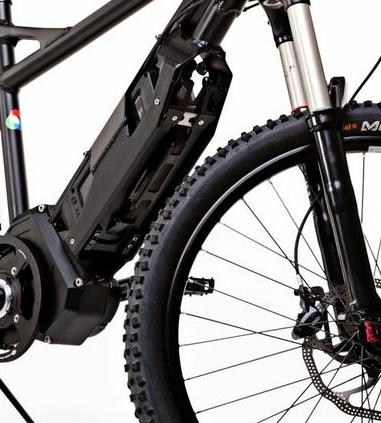Batteries of all types hate the cold; low temperatures reduce their chemical efficiency with a resulting drop in capacity and corresponding e-bike performance and range. They operate at their best in the 20 to 40 degrees C range but perform badly as the temperature drops near to freezing point. However, there are steps that can be taken to minimise that problem.
The first concerns when to charge. Lithium and NiMh batteries are best charged when they are at 10 degrees C or above and should never be charged when they are at near, or below, freezing point. Therefore it’s advisable for these types to be brought indoors in very cold weather and not charged until they have risen in temperature after at least an hour or two in the warm. SLA and NiCad batteries are more tolerant and will accept reduced charge rates at around freezing point but remain inefficient then, so benefit from also being warmer before charging.
A ride commenced with a very cold battery will result in markedly shorter range than when riding in warmer weather, so they are best commenced with a battery at room temperatures for the performance and range to be optimal. The best performance of all is when the bike is ridden immediately after the battery charging. Of course during a ride in extremely cold weather a warm battery will rapidly lose temperature so will still be less productive in total than normal. On some e-bike designs it’s possible to make a jacket which wraps all around the battery to retain some of the starting warmth, and that, together with the fact that using the battery generates a little warmth, can delay the cold weather effects somewhat. At the time of writing I only know of one battery type for which commercial covers are available, those made by German company Fahrer for all the Bosch e-bike battery types and sold in the UK by e-bikeshop.
IMPORTANT – Please note: Although commercial e-bike batteries are generally very safe, all batteries have a potential for fire or explosion and this is especially true for our large capacity types. Such very small risk as exists is primarily when charging, so it’s advisable to only charge a battery indoors when awake and present so able to react immediately to any unfortunate developing event.
Our thanks to Flecc for this article. Flecc is a long-time contributor to Pedelecs. If you have a question you’d like Flecc to answer please contact us here.


